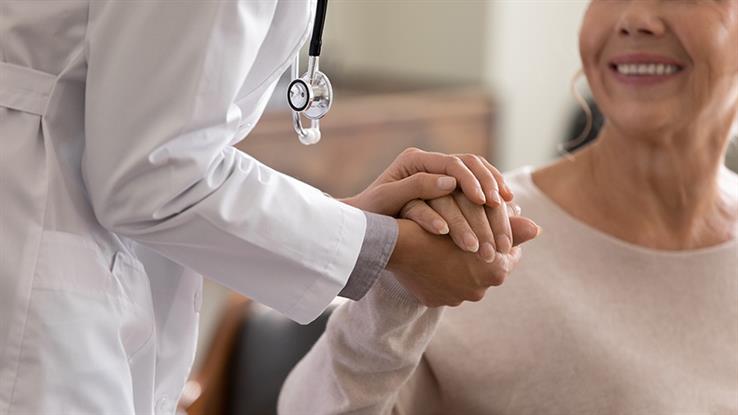Fighting Springtime Headaches
- Category: Healthy Living
- Written By: Henry County Hospital

For some, a headache can be a yearly event; for others, it can be an on and off again thing, sometimes more during specific seasons (like spring). No matter how frequently you may suffer from headaches, one thing’s for sure — the symptoms are less than enjoyable.
From a lingering pain behind the eyes to full-on pressure, a day that starts with a headache often ends with one too. For those who suffer, it can often be hard to pinpoint the exact cause, but we are here to help. To fully understand where your headaches might be stemming from you must first understand the most common symptoms and causes:
Tension Headaches
The most common type of headache, the pain is often described as feeling as though you have a ‘band or vice” around the head. They are usually accompanied with increased sensitivity to light or sound or tenderness in the head or neck muscles.
Cluster Headaches
One of the most painful types of headaches, a cluster headache is categorized by intense pain on one side of the head. Symptoms that are associated with it will also appear on that same side of the head. They often occur in “periods” or “cycles.”
Sinus Headaches
When your pain is localized to a specific area of the face such as your nose, eye, or teeth and increases with movement or touch, chances are it’s a sinus headache. They often occur when the nose or sinus becomes inflamed, putting pressure on your nasal cavity, face, and head.
Avoid triggers such as:
- Alcohol
- Cigarettes
- Heavy Fumes
- High Pollen Days
- Random Sleep Patter
With any headache, drink plenty of water and pay attention to your symptoms. If the headache is too severe that you can’t function or nothing seems to provide relief, it’s time to speak to a professional. The leadership at Henry County is trained to provide the most advanced treatments in the management of pain to effectively get patients back to a “normal” life.


